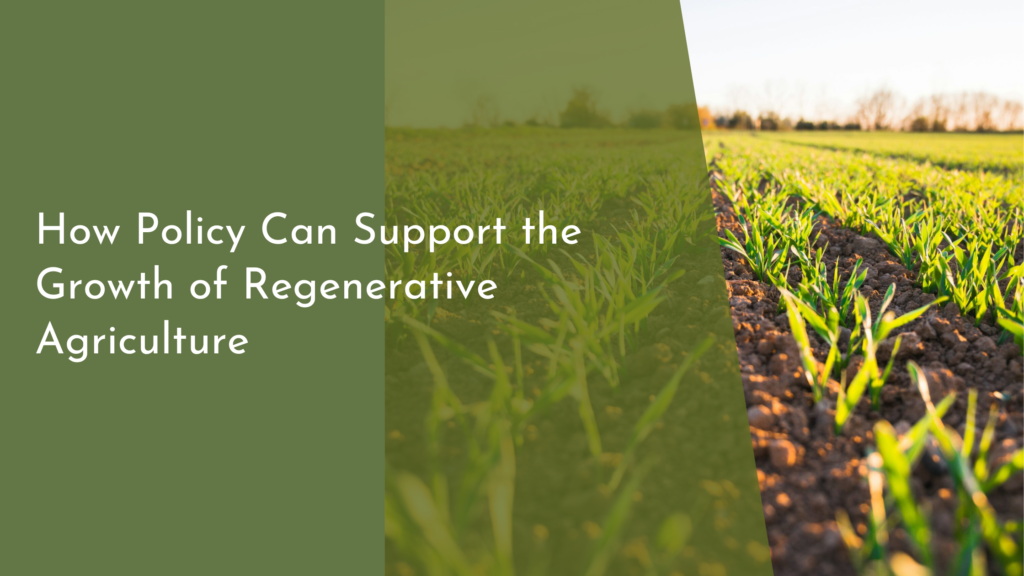Implementing Agroecology Principles in Permaculture
In a world where the impacts of conventional agriculture on the environment are becoming increasingly apparent, the integration of agroecological principles into permaculture practices offers a promising solution. By embracing these sustainable farming techniques, we can create resilient ecosystems that not only produce food but also nurture the land and our communities. This article delves into the harmonious relationship between agroecology and permaculture, highlighting core principles, innovative techniques, and the myriad benefits of this holistic approach to agriculture.
Embracing Agroecology: A Path to Sustainable Permaculture
Agroecology is a holistic approach to farming that emphasizes the interdependence of agriculture and ecology. When implemented alongside permaculture, it creates a synergistic relationship that enhances biodiversity, soil health, and ecosystem resilience. Permaculture, rooted in designing agricultural systems that mimic natural ecosystems, aligns perfectly with agroecology’s emphasis on sustainability and resource conservation. By embracing agroecological principles, permaculture practitioners can cultivate a deeper connection with the land and foster a more sustainable future.
The intersection of agroecology and permaculture encourages a shift away from industrial practices toward more regenerative processes. This transition often involves community involvement, promoting local knowledge and traditional farming methods, which can enhance social equity and empower marginalized communities. As a result, adopting these principles not only supports environmental health but also fosters social cohesion, making it a vital path for sustainable agriculture.
Understanding the Core Principles of Agroecology Today
At the heart of agroecology lies a set of core principles that guide farming practices. These principles include maximizing biodiversity, recycling nutrients, and minimizing external inputs. By enhancing biodiversity, farmers can create ecosystems that are more resilient to pests, diseases, and climate change. This approach mirrors the permaculture ethos of creating self-sustaining systems, where plants and animals work together in a harmonious balance.
Another crucial aspect is the emphasis on local knowledge and cultural practices. Agroecology recognizes the wisdom of traditional farming methods and the importance of adapting them to contemporary challenges. This integration of knowledge not only helps in preserving cultural heritage but also encourages innovative solutions tailored to local conditions. By understanding and incorporating these core principles, permaculture enthusiasts can create systems that are more productive, sustainable, and beneficial to the environment.
Creative Techniques for Integrating Agroecology in Gardens
Integrating agroecological practices into permaculture gardens can be a joyful and imaginative process. One effective technique is polyculture, which involves growing multiple crops in proximity. This method fosters nutrient cycling, improves soil health, and enhances pest management by attracting beneficial insects. By diversifying plant species, gardeners can create vibrant ecosystems that thrive on mutual relationships, ultimately leading to a more resilient garden.
Another creative approach is the use of cover crops, which play a critical role in agroecology. Cover crops, such as clover or vetch, can be planted during off-seasons to enrich the soil, prevent erosion, and improve water retention. These plants not only contribute organic matter when incorporated into the soil but also support biodiversity by providing habitat for beneficial organisms. Implementing these techniques in permaculture gardens not only enhances productivity but also promotes ecological balance.
The Joy of Harvest: Benefits of Agroecological Practices
The implementation of agroecological practices in permaculture leads to a multitude of benefits that extend beyond mere productivity. One significant advantage is the enhancement of soil health, which promotes a thriving ecosystem underground. Healthy soil teems with microorganisms that improve nutrient availability and water retention, leading to more robust plants and, ultimately, a more abundant harvest. This not only satisfies our desire for fresh, healthy food but also contributes to the long-term sustainability of the land.
Moreover, practicing agroecology within permaculture systems fosters a deeper connection to nature. Gardeners often express a sense of joy and fulfillment in witnessing the intricate relationships between plants, animals, and the environment as they work together harmoniously. This experience cultivates a sense of stewardship and responsibility toward the planet, encouraging individuals to share their knowledge and inspire others. The joy of harvesting not only reflects our hard work but also symbolizes our commitment to nurturing a sustainable future for generations to come.
Implementing agroecology principles in permaculture is not just a strategy for sustainable agriculture; it is a joyful journey that reconnects us with nature and empowers communities. By embracing the core principles of agroecology and creatively integrating these techniques into our gardens, we foster resilience, enhance biodiversity, and celebrate the rich tapestry of life that surrounds us. As we cultivate this harmony between agriculture and ecology, we can look forward to a brighter, more sustainable future—one filled with the joy of harvest and the satisfaction of knowing we are making a difference.

